VOC's Travel BLOG
Our Travel Blog is the place to share our real life, travel experiences in China with you. Besides, we will provide information related to Chinese culture and China travel guide. "A bosom friend afar brings a distant land near." Traveling makes us to be closer, let's discover China together!
All
China travel Guide(228)
China Food(38)
Life in Guilin(48)
Working at VisitOurChina(24)
Cultures(40)
News(12)
The first vegetarian restaurant in Guilin
2013-11-01 | China Food
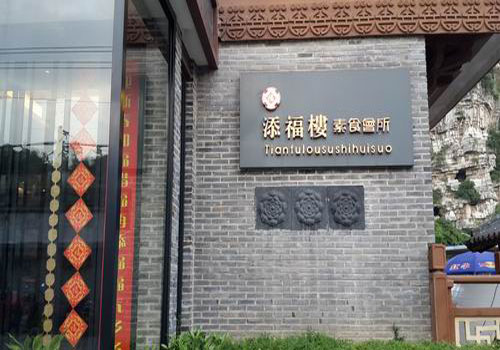
Nowadays, as peoples living standard rising considerably, they do not favor the traditional greasy food but the bland diet. It is truly much healthier than old habit and healthy diet and weight reduction are gradually changing modern peoples life.
Eating like a local in Guilin
2013-09-13 | China Food
.jpg)
Beyond the green mountains and clear waters, Guilin is all about food. I'v been living in Guilin since my birth and the more I'm here, the more I fall in love with Guilin. Growing up in this small but lively city, I was used to being surrounded by rich and spicy flavors and fed with a constant stream of Guilin Noodles, rice, and Li River fishes. Although Guilin Rice Noodles has been widely spread to everywhere of the country, only in Guilin that you can get the absolute taste.
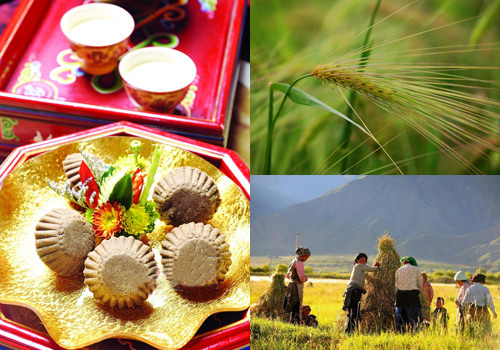
For people on a highland rising three to four thousand meters above sea level, there is no more festival thing than harvesting. In China, on the roof of the world, Qinghai-TibetPlateau, Yarlung Tsangpo River dashes out of snowy mountains to the bottom of South Tibet, nourishes the most flourishing farm belt of Tibet - Shigatse. Generations of Tibetan have been here planting highland barley, their staple food. By virtue of nutrition and energy given by highland barley, they doggedly survived in this untraversed highland.
A Bite of China – Raised Fields and Taros
2012-10-31 | China Food
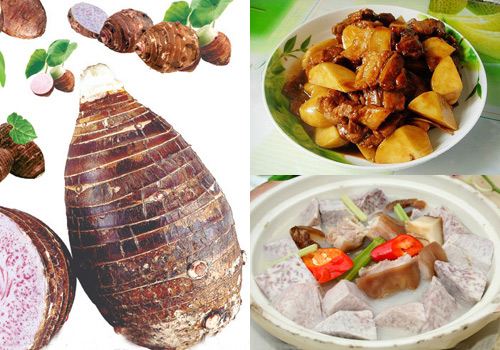
Ancient geological movement created the world’s largest estuary alluvial island and at the same time gave birth to a fertile river plain - Yangtze River Delta. Today it is the most flourishing and populated region in China. In the course of urbanization, in the Xinghua City of Jiangsu Province, there is a distinctive land seemingly forgotten by time. In summer peasants water a sort of lyophilic vegetable - the taro. The land under their feet is called Raised Field (Duo Tian), a unique landscape in the world.
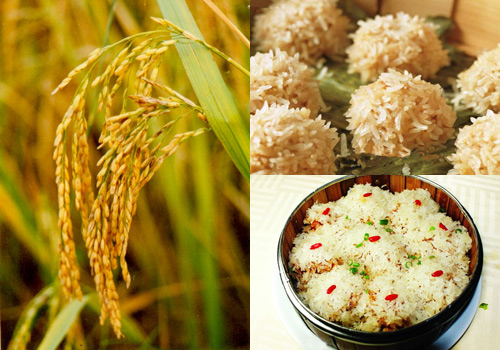
It is often said that Chinese people form their eating habits in accordance to the geological factors, which is not only a wisdom of adapting themselves to the local conditions, but also a way of survival for Chinese complying with Nature. Chinese people meticulously make full use of the land under their feet and intelligently acquire food, whether from alluvial plain, rivers and lakes, or from untraversed plateau, cities of skyscrapers. Where there is green, there is harmony between human beings and Nature.
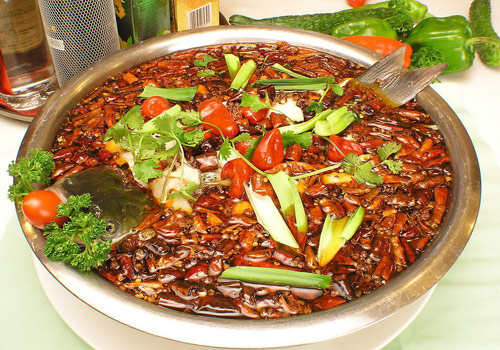
In China, "flavor" is considered the soul of the cuisines. Each seasoning master can transform diverse raw and processed materials, seasonings, and cooking ways into a very different yummy flavor, salty, sweet, hot, sour, fresh, and kinds of combined flavors…. Among the traditional five flavors (sweet, sour, bitter, pungent and salty), sour is the kind which can both promote digestion and enhance appetite. However, another flavor, hot, which also enhances people’s appetite and often appeared with sour in Chinese menus, is the flavor loved by many people and adheres specifically to Sichuan Cuisine, the best known cuisine of the eight famous Chinese cuisines.
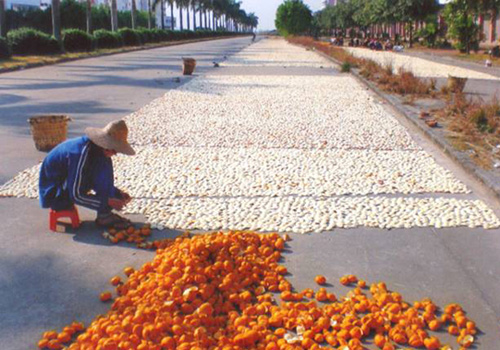
Among all flavor sensations, bitter is the one that naturally tends to be bad for us. Our taste buds for perceiving bitter flavors are hidden in the tongue root, though, they are extremely sensitive. However, Chinese seem to be particularly good at enjoying and tolerating bitter flavors. They seem to have developed the ability to appreciate both the bitter of life and foods in their struggle for a better life. Because they believe, there are richer flavor sensations hidden behind bitter. The usage of bitter not only exists in food material, but also in various seasonings, for instance, dried orange peel (Chinese: 陈皮, Chenpi).
A Bite of China – Sugar and Sweet Flavour
2012-09-14 | China Food
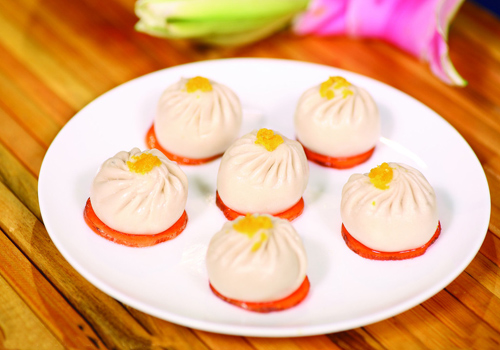
Whether in Chinese cuisines or in Chinese language, the Chinese character 味, or flavor in English, is magic and all-inclusive. In Chinese culture, the definition or perception of flavor not only derives from food, but transcends food. That is to say, the real way to understand flavor is more than our tongues and noses. With our hearts, we Chinese can know more about 味. Generally speaking, there are quite a few flavors in cuisines, including, sweetness, sourness, bitterness, hotness, spiciness, saltiness, and freshness.




